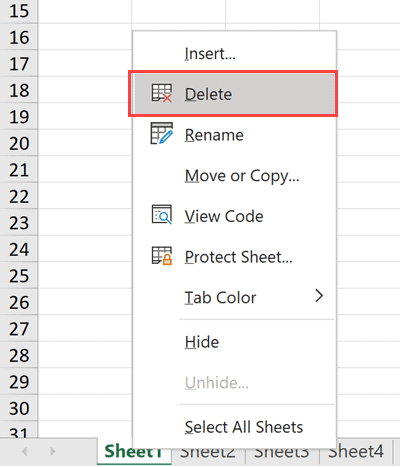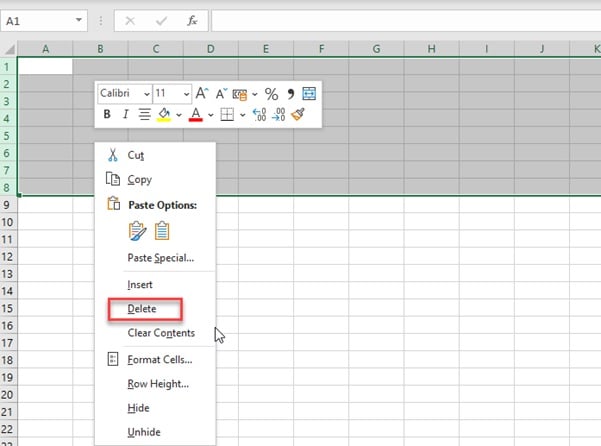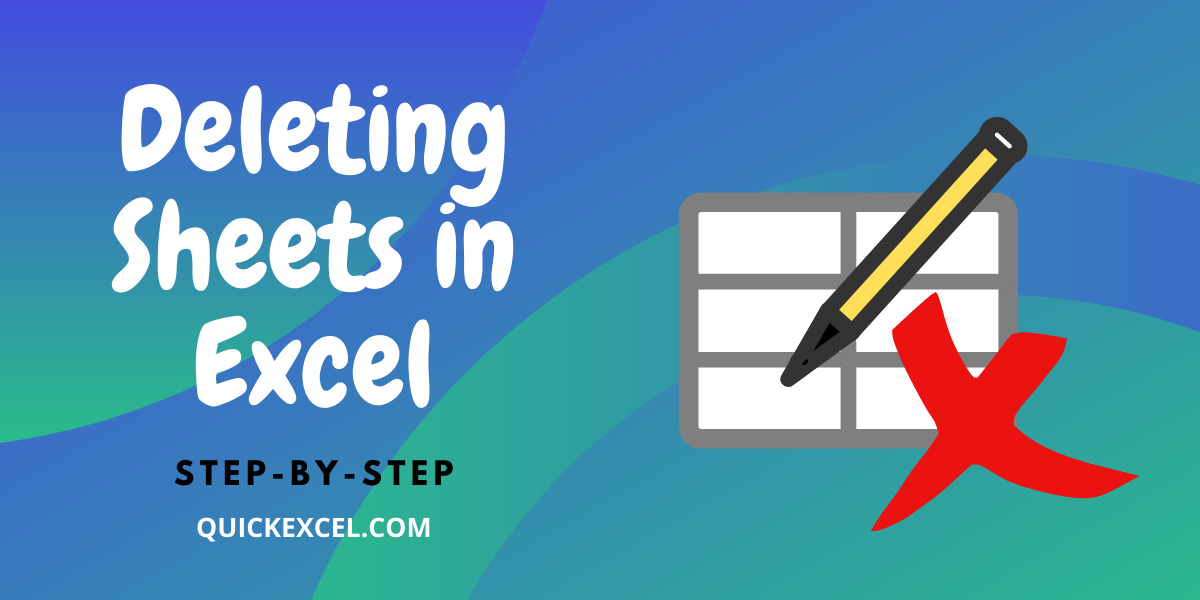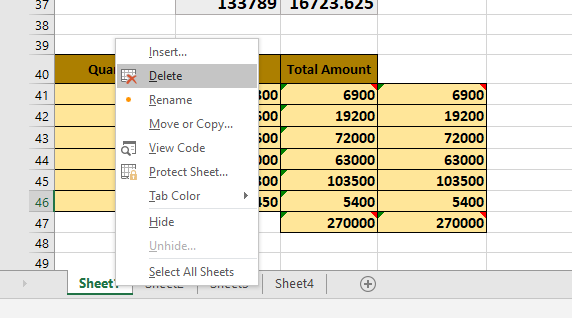Struggling to Delete a Sheet in Excel 2013? Here's the Fix

If you've found yourself in the position where you can't delete a sheet in Excel 2013, you're not alone. This situation can occur for several reasons, and understanding why this happens and how to fix it is crucial for managing your spreadsheets effectively. In this comprehensive guide, we'll explore the common problems associated with deleting a sheet in Excel 2013 and provide step-by-step solutions to ensure you can manage your spreadsheets seamlessly.
Understanding Why You Can't Delete Sheets

Before diving into the solutions, it's vital to understand the reasons why Excel might prevent you from deleting a sheet:
- Protection: The workbook or sheet might be protected with a password or settings that restrict changes.
- Shared Workbook: If the workbook is shared, sheets might be locked to prevent conflicts with other users.
- Corruption or Errors: A corrupted file or cell might cause unexpected behavior in Excel, including preventing sheet deletion.
- VBA Macros: Sometimes, VBA code can disable the delete option to protect certain sheets from being removed inadvertently.
How to Unprotect a Workbook or Sheet

Here are the steps to unprotect your Excel workbook or sheet:
- Check for Workbook Protection: Navigate to the Review tab, and if the 'Unprotect Workbook' button is available, click it. If the workbook is password protected, you'll need to enter the password.
- Unprotect Individual Sheets: Right-click the sheet tab you want to unprotect, select Unprotect Sheet, and provide the password if prompted.
🔒 Note: If you've forgotten the password, there are few options to recover it. Sometimes, recovery tools might work, but often, you might need to create a new workbook and transfer the data manually.
Turning Off Shared Workbook Features

Excel allows multiple users to work on the same workbook simultaneously, but this can also prevent sheet deletion:
- Disable Sharing: Go to the Review tab, and click Share Workbook. Uncheck the Allow changes by more than one user… option and close all other open Excel workbooks.
Dealing with Excel Errors or Corruption

Excel files can become corrupted, causing various issues:
- Repair the Workbook: Use Excel’s built-in feature by opening Excel, selecting Open Other Workbooks, and then clicking Recover Unsaved Workbooks. Look for your file and click Repair.
- Open and Save in Safe Mode: If the file opens in safe mode without crashing, save it in this mode, then try deleting the sheet.
Removing VBA Code to Enable Deletion

Here’s how you can check for and remove VBA code that might be preventing sheet deletion:
- Access the VBA Editor: Press ALT + F11 or go to Developer > Visual Basic.
- Locate and Remove Code: In the left panel, browse through the modules or sheets that have VBA code. Look for any BeforeRightClick or similar event that might disable the delete option. Remove or comment out this code.
- Save and Close: After making changes, save and close the VBA editor, then attempt to delete the sheet.
| Step | Description |
|---|---|
| 1 | Press ALT + F11 to open the VBA editor. |
| 2 | Locate any VBA code preventing sheet deletion. |
| 3 | Comment out or remove the code. |

Recapitulation

Encountering issues when trying to delete a sheet in Excel 2013 can be frustrating, but with the right knowledge and steps, you can resolve these problems. Remember to check for workbook protection, disable shared workbook features, deal with potential file corruption, and remove any conflicting VBA code. By following these steps, you’ll ensure your spreadsheets remain manageable and functional.
Can I delete a protected sheet without the password?

+
Unfortunately, if the sheet is password protected and you don’t have the password, you cannot directly delete it. You might need to use specialized software or manual methods to recover or remove the protection.
What if I can’t remove VBA code or open the workbook in safe mode?

+
If Excel won’t let you access VBA or open in safe mode, consider copying the data to a new workbook. This can sometimes bypass issues related to file corruption or locked features.
Will disabling shared workbook features affect others’ ability to edit the file?

+
Yes, turning off shared workbook features means that only one user can edit the file at a time. Communicate with your team to ensure everyone is on the same page.